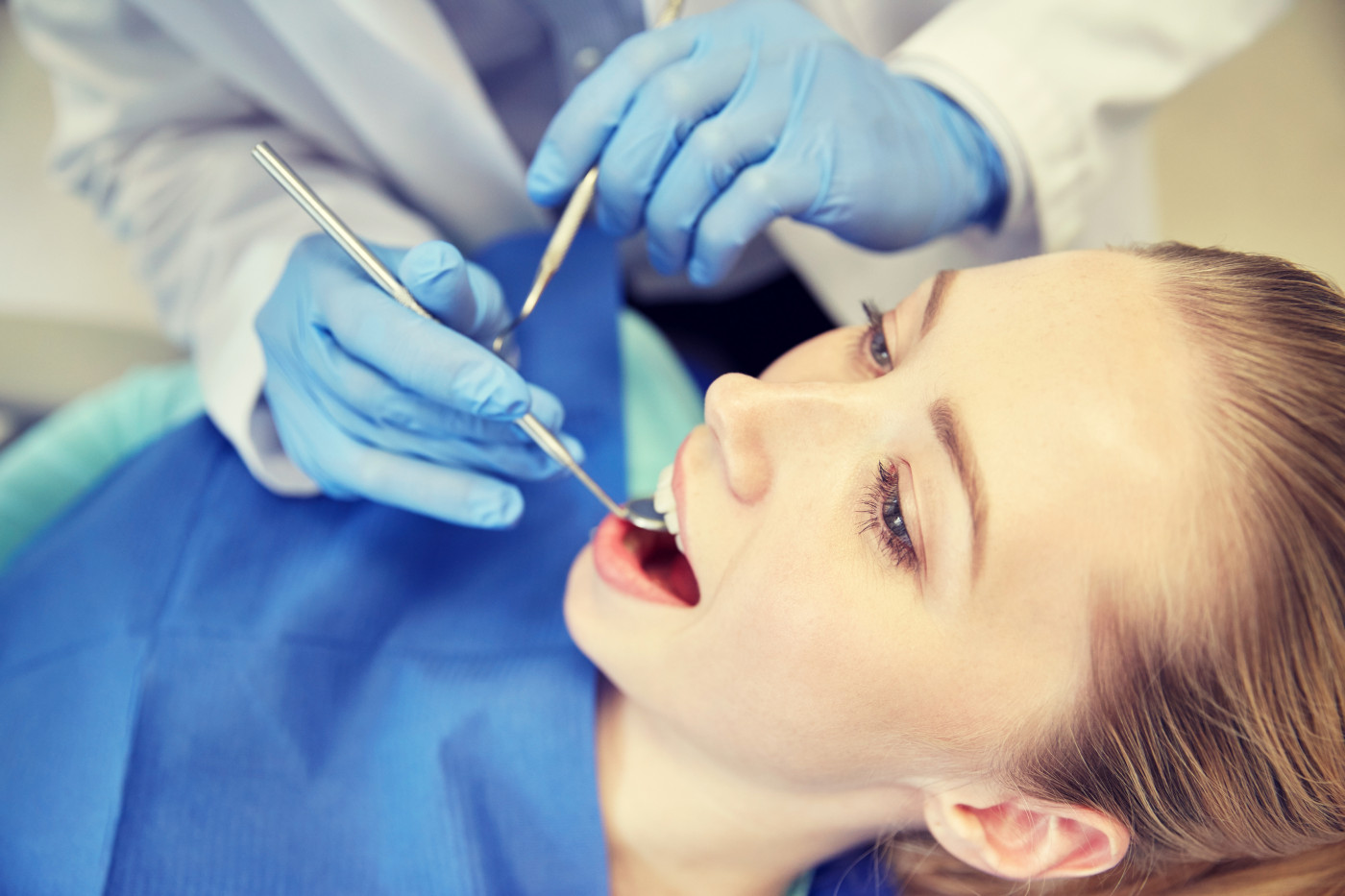Poor Quality of Life in XLH Adults With Oral Health Problems, Study Finds

Oral health problems lead to functional limitations, pain, disability and psychological discomfort in adults with X-linked hypophosphatemia (XLH), a study has found.
A multidisciplinary approach with regular dental examinations to identify early complications, preserve teeth, and prevent further treatments is recommended by researchers.
The study,” Oral Health‐related Quality of Life in X‐linked Hypophosphatemia and Osteogenesis Imperfecta,” was published in the Journal of Oral Rehabilitation.
XLH is characterized by insufficient mineralization of the bones and dental tissues due to abnormal processing and excretion of phosphate by the kidneys. Low levels of phosphate in the blood lead to skeletal deformities, bone fractures, pain, and mobility issues.
Dental abnormalities also can occur, including dental abscesses (buildup of pus in the teeth, gums or bone), with the number of affected teeth increasing with age and frequent episodes of pain.
Most research on skeletal disorders has focused on their development and clinical manifestations. Recently, health-related quality of life (HRQoL) has been investigated, but studies on oral HRQoL in these conditions are lacking.
Quality of life assessments focusing on oral health of patients with skeletal disorders is important, as they can inform dentists about pain episodes and other problems.
To this end, researchers at the Aarhus University Hospital in Denmark conducted an oral-based HRQoL study on 35 adults with XLH (67% women), with a mean age of 39.8 years.
HRQoL was assessed using the Oral Health Impact Profile questionnaire (OHIP), composed of 49 questions grouped into seven domains: functional limitation; physical pain; physical disability; psychological impact; psychological disability; social disability; and handicap. Respondents scored the frequency of symptoms from 0 (never) to 4 (always).
As a comparison, the team also analyzed an additional group of 73 adults with osteogenesis imperfecta (OI) — a group of genetic disorders characterized by fragile bones, short stature, bone deformity, and abnormalities in dental development. The mean age in this group was 45.9 years, and 55% were women.
While no difference was seen in the total number of teeth between people with XLH or OI, those with XLH had a significantly higher number of affected teeth. In contrast, overbite was more prevalent in the group with moderate-severe OI than with XLH, in which only one patient had this characteristic. Likewise, dentinogenesis imperfecta, a condition characterized by weaker and discolored teeth, was found in 19 patients with OI, but in none of those with XLH.
A comparison of median OHIP scores found that those with XLH experienced a greater impact than patients with OI, as reflected in total score and in functional limitation, pain, psychological discomfort, psychological disability, and handicap.
In all patients, having fewer teeth was associated with greater functional limitation, physical disability, psychological discomfort, and disability. Having more affected teeth correlated with higher OHIP scores (greater impact).
As for the XLH group, a lower number of teeth was associated with worse scores for functional limitation, physical pain and disability, as well as psychological discomfort. Having more affected teeth was linked with greater impact on all domains except pain.
The prevalence of severe impact on oral HRQoL was higher in the XLH group than in people with OI in four of the seven domains, namely functional limitation, physical pain, physical disability, and psychological discomfort.
A statistical analysis found that psychological discomfort was greater in men than in women. Age did not influence the results.
“Adults with XLH experience a higher negative impact on their [oral HRQoL] than adults with OI,” the researchers wrote.
“We recommend a multidisciplinary approach with regular dental examinations to ensure early identification of dental problems allowing early preventative interventions aiming at preserving teeth and preventing endodontic treatments,” they added.






